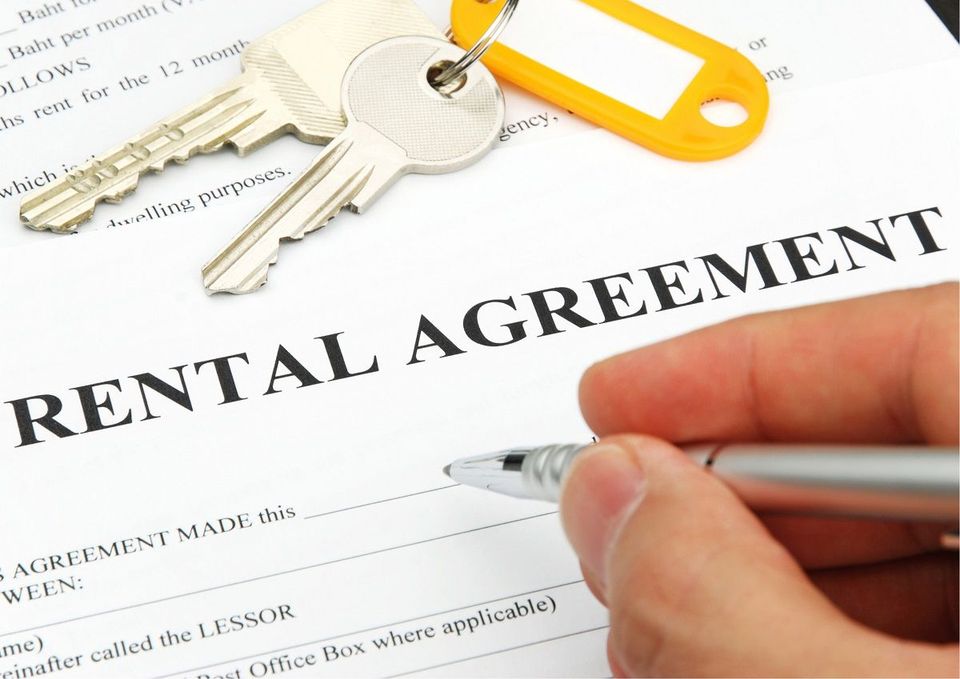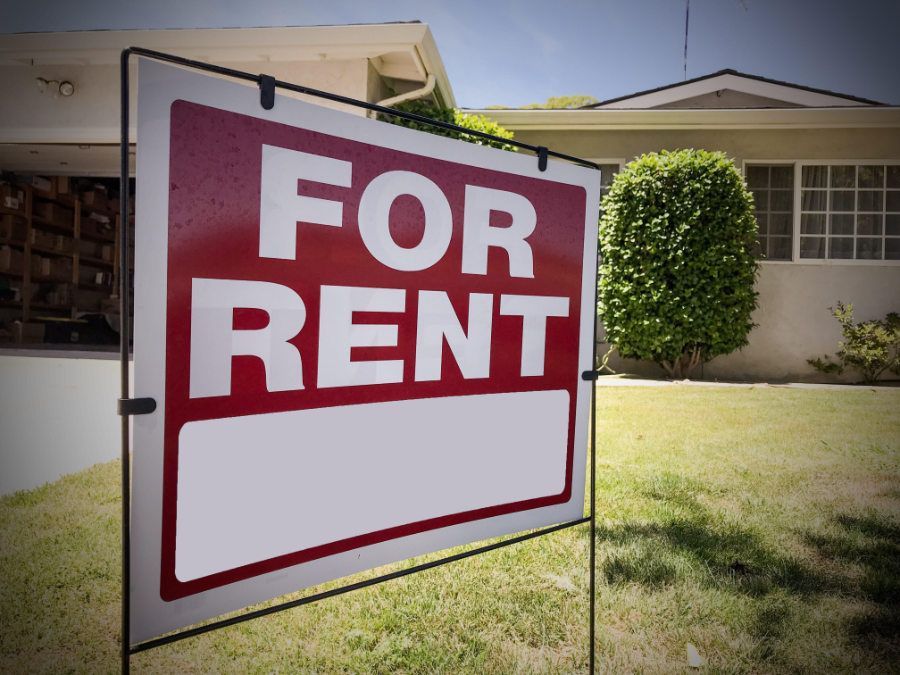How to Prepare Applicants for Applying to Your Rental Property in Long Beach
Dustin Edwards • April 4, 2020
A Prepared Applicant Helps You Find the Right Tenant

When most people think of getting their rental property in Long Beach rented to a new tenant they usually think of how they are going to prepare the home, taking pictures for the listing, what they will need to do to show the property, etc. One of the last thoughts that usually comes to mind is that of preparing the applicants.
Preparing prospective rental applicants before they even apply has the following big benefits:
- Avoids unnecessary frustration from applicants
- Focuses your pool of applicants on those who are prepared for your requirements
- Gives you more applications to review that meet your goals (note: the more rules the fewer overall applications, but the applications that are submitted will meet your requirements!)
There are many ways you can prepare applicants for applying
to your rental property in Long Beach. If you are renting your home for the first time, on your own, we recommend you consider the following:
- Applicant Profile - This means outlining the standards of the applicants you are looking for. For example what should the minimum FICO score be? How long are you going to require they have been at their current job? How long of a residence history would you like them to provide? Do you care if they have active collections? All of these (and more) are aspects you not only can decide on but can communicate to prospects before they become applicants so they can understand what you will be expecting from each applicant.
- Property Profile - Take the time to outline the specific requirements of your property. Take into consideration items such as allowing smoking? Will you be allowing pets? If you allow pets are you providing any restrictions on those pets (don’t forget to check with your insurance provider regarding pets)? Will they be responsible for maintaining the landscaping? All of these are aspects you can outline to prepare tenants for the requirements of the property.
- Payment Terms - There was a time when the only preferred method of payment from a tenant was that of a cashier's check, but that isn’t the case in today’s era. With options such as Zelle, Venmo and much more how are you planning on taking payment? What day is rent considered late? How much is the late fee? Outline each element of the payment terms to ensure you and your new prospective tenants are aligned in your expectations.
- Advance Notice of Fees - Most rental applications will require a credit check and if so, who is going to pay for that? Before someone applies, take the time to outline the fees they can expect to invest in the application process. Even a modest fee of $25-$40 can dissuade some people from applying to a property and if that is the case then it could mean they aren’t a match for you for the long run.
- Timing of your review process - When you take someone’s application when can they expect a response from you? And how will they receive a response from you (i.e. email, phone, mail)? Identify clearly how and when you will be communicating with prospective tenants to help them understand the process of review as it will save you many emails and calls of people wondering “when” you will respond.
When it comes down to preparing applicants to rent your property in Long Beach we hope this has helped. We have prepared 1000’s of applicants over the years for the properties we manage for our clients and we would be happy to do the same for you. When you want to find out more about how we prepare applicants we invite you to call us today at (562) 888-0247 or simply fill out our Free Rental Analysis
and we can share a detailed analysis of your property.





